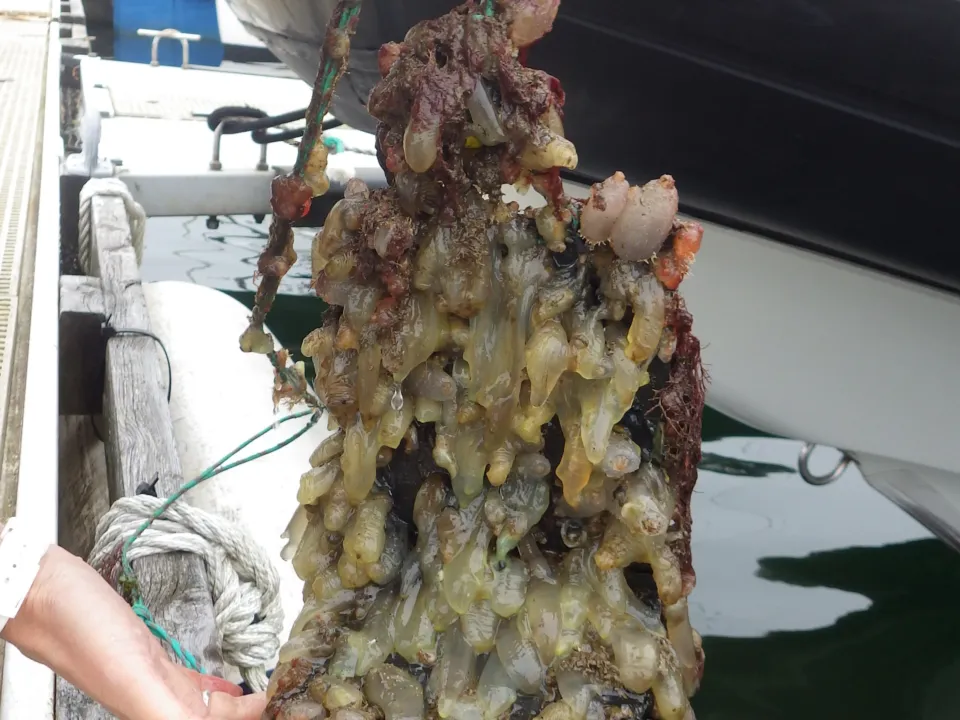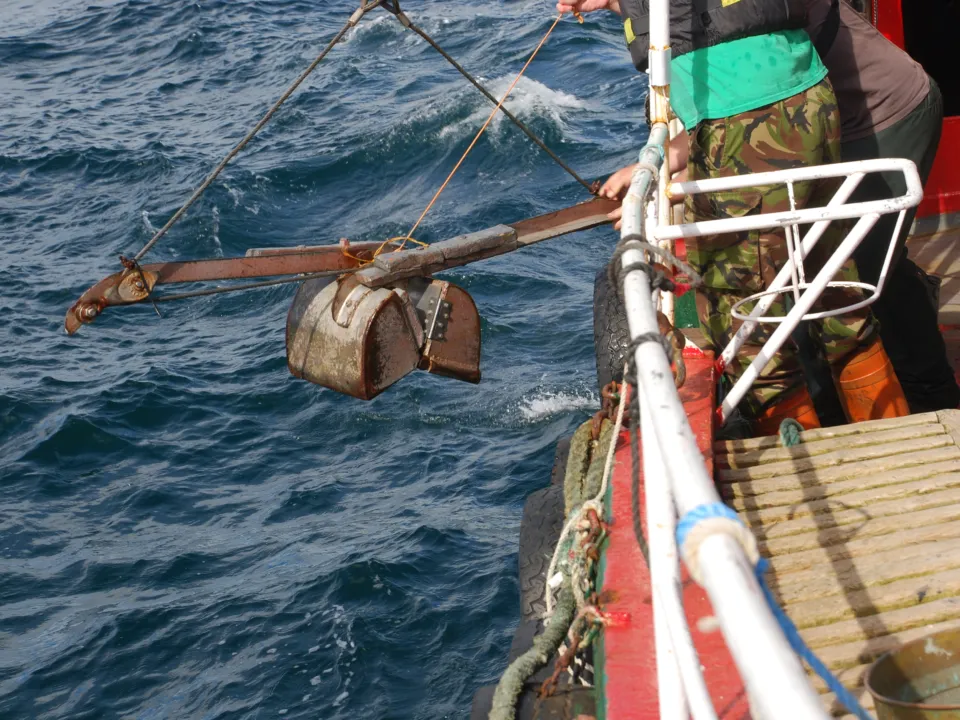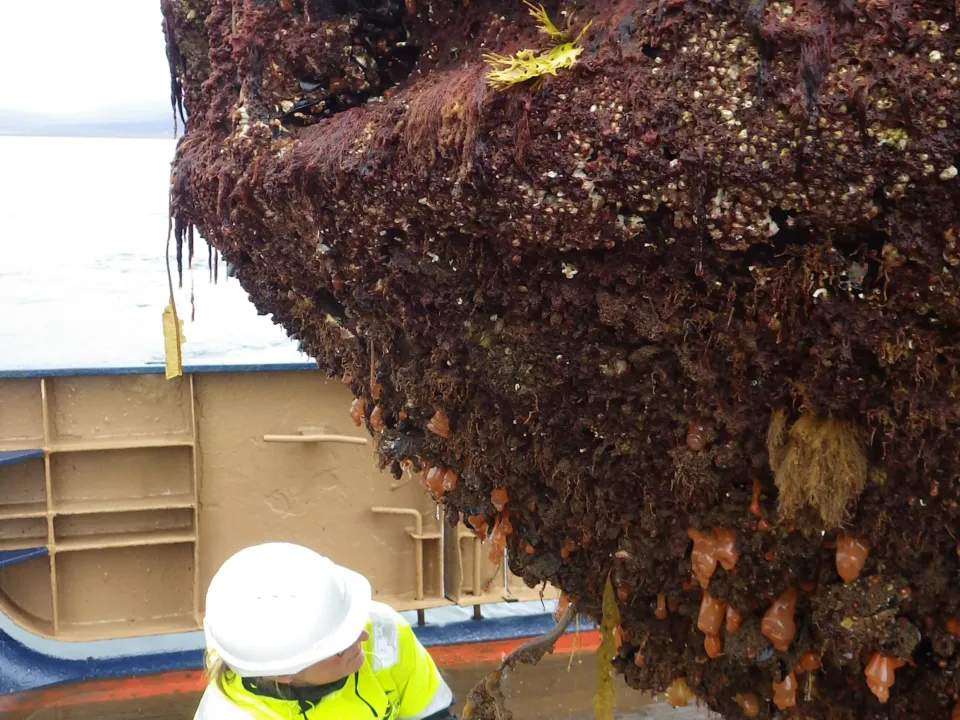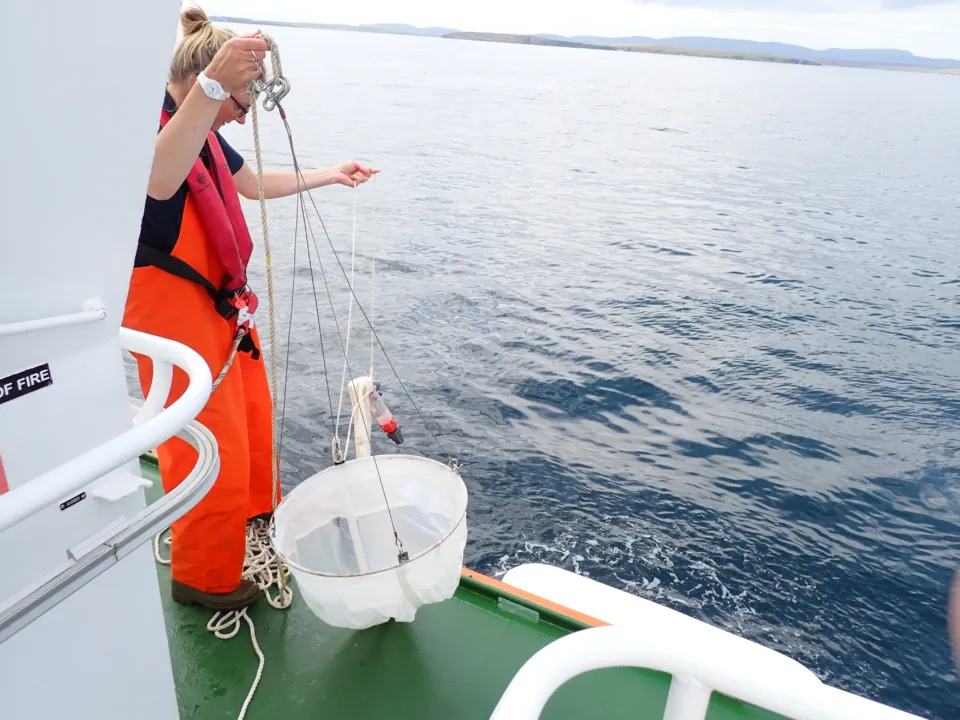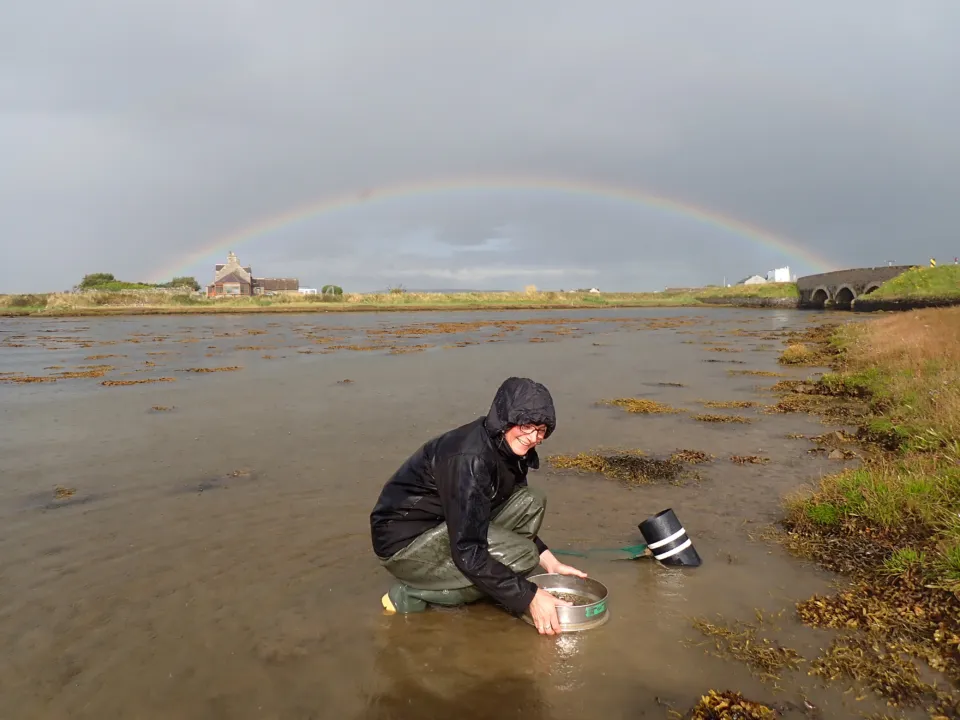What We Do
Marine Non-Native Species Monitoring
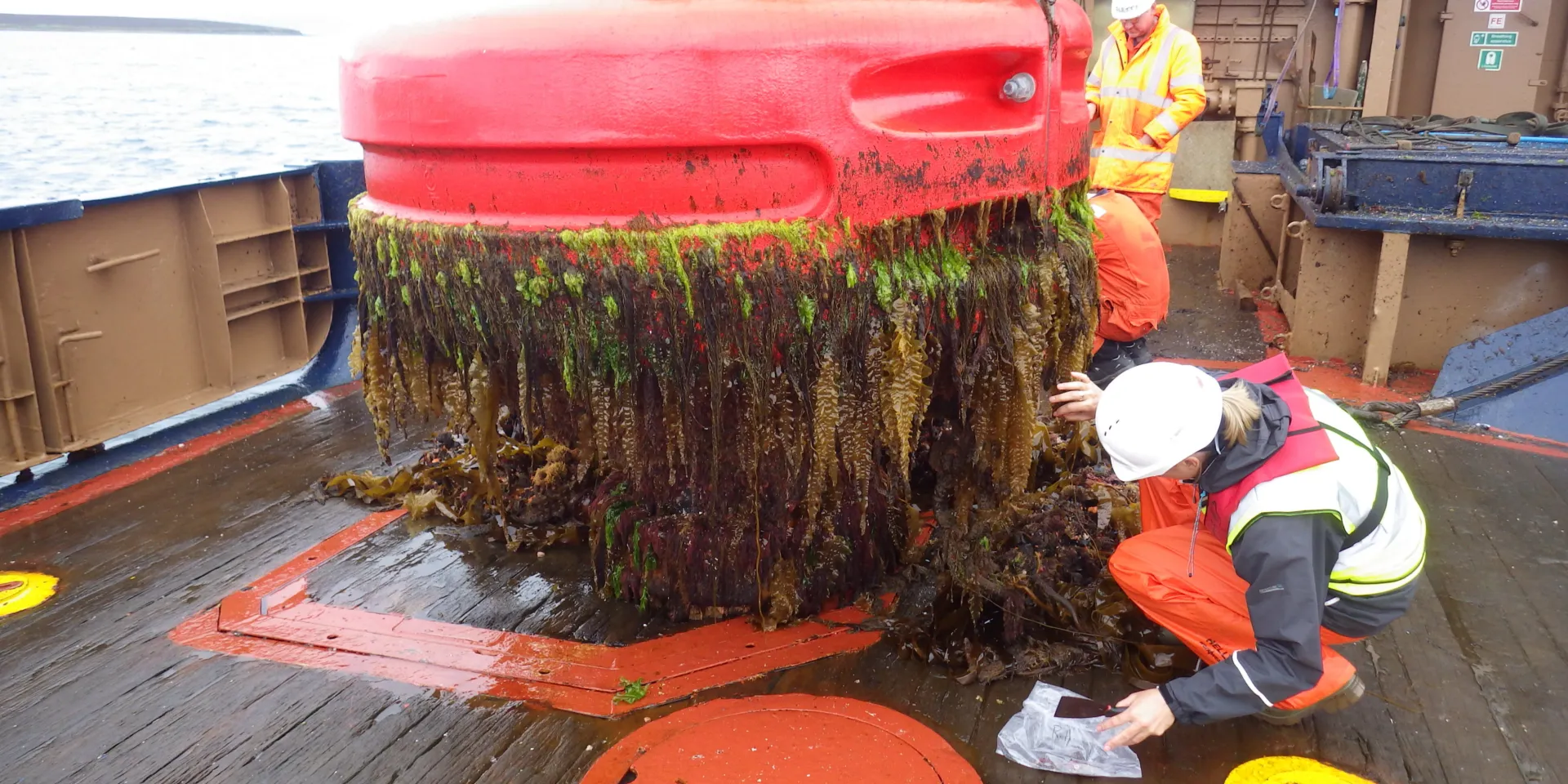
A baseline survey for marine non-native species in Scapa Flow and Loch of Stenness was included as part of Orkney Islands Council’s Ballast Water Management Policy (adopted on 10 December 2013).
The ‘Monitoring and Recording System for Marine Invasive Non-Native Species; Scapa Flow and Loch of Stenness’ report outlined the survey methods to be used during the baseline survey and during the monitoring phase.
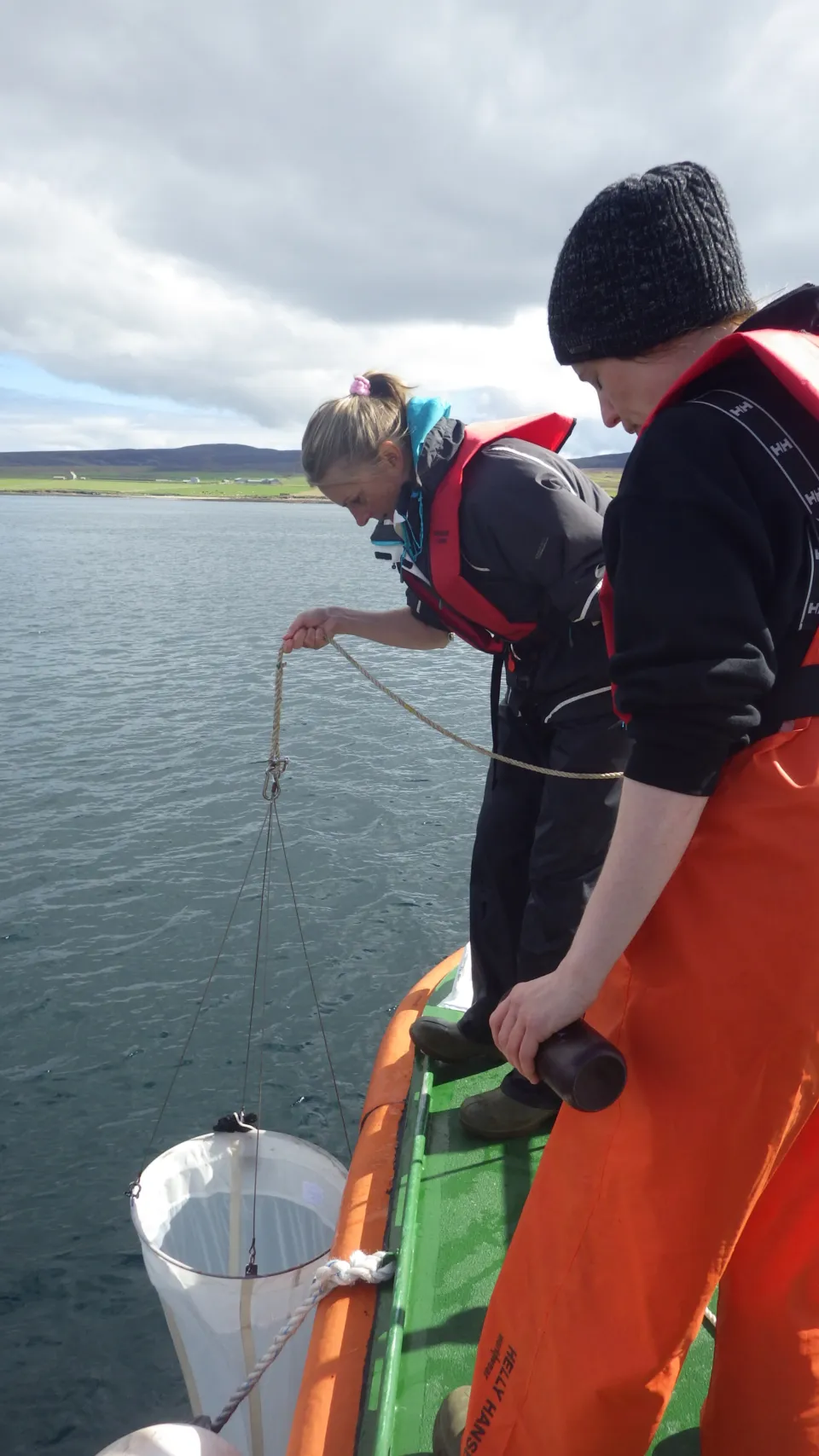
Annual monitoring at sampling locations by the Marine Environmental Unit began in 2014. To ensure the detection of the full complement of marine non-native species in the monitoring area, it is important to survey different habitats.
The sampling locations include:
- Intertidal areas
- Navigation buoys
- Seabed soft sediment
- Water column for plankton samples
Surveys are also conducted at:
- Kirkwall Marina
- Stromness Marina
- Westray Marina
- Visiting Yacht Moorings
- Kirkwall Pontoons
Different sampling techniques are used to look for marine non-native species:
- Scrape sampling for hard surfaces - A set area (15cm x 15cm) of organisms from a hard surface is scraped into a pot, preserved and sent to a taxonomic laboratory for full species identification.
- Rapid assessment surveys - At each site a set area is extensively searched for non-native species for a limited time. Samples of all suspected non-native species are collected and preserved before being sent to a taxonomic laboratory for full species identification.
- Phytoplankton and zooplankton tows – These are collected from a static boat. For each sample a 500mm net is dropped down approx. 23m length of rope and then steadily pulled up through the water column. The samples are preserved and sent to a taxonomic laboratory for full species identification.

